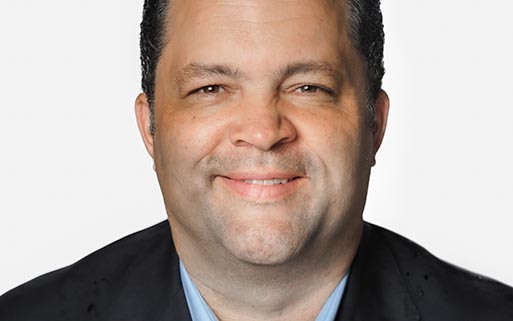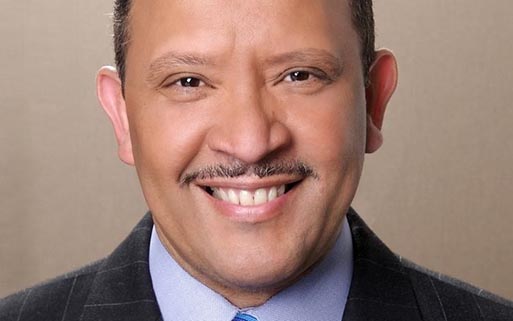
This post was originally published on Afro
By Janis Ware
Growing up in the segregated South, the family was my world. And that extension of my family included neighbors, teachers, administrators, and preachers. These individuals were my influencers.
They guided our paths and directed the way for us to be the best individuals we could be. They loved us when we needed it and admonished us when we were out of line. It was all fair game. After all, we were a family.
I grew up in a neighborhood where people owned their own homes. They were small houses, and the residents took pride in their homes and the community. While growing up I frequently heard my family members — both actual and figurative — repeatedly say that you need to own a piece of God’s Green earth. That was the goal, to own your piece of the “American Dream.”
The house we lived in had six rooms (including two rooms that were used only for special occasions: the living room and dining room). Reflecting on those times gives me pause at the thought that those two rooms were named for things in our everyday life, but they were spaces that were reserved for guests and special occasions.
One of my professors at the University of Georgia would often state “you should return home, get a job, and after a year get your place.”
At 22, I had the fortunate opportunity to purchase a small townhouse with mortgage payments of $125.00 a month. This payment was less than rental rates at that time. The optimum word in this example is OPPORTUNITY! The right place and time presented themselves, and I was prepared to own my slice of the “American Dream.”
When I say prepared, I mean being gainfully employed, having savings for unforeseen opportunities, and establishing great credit. There were other obstacles that we faced during those years: segregation and racism. Those closed doors ensured intentionally (or unintentionally) that we had money saved and available for bigger purchases that would have a return on investment when the opportunity presented itself. It was a slow process. Immediate gratification was not easily available to our people at the time.
Today it feels more like the “American Dream” has changed. The same obstacles that we, Black Americans, faced during the ’50s, ’60s, ’70s, and ’80s, for example, are not as prevalent today. Less than 50 percent of Black Americans own their homes (44.1 percent) compared with 74.5 percent of White Americans, according to the U.S. Census Bureau (2020).
In 1960, during the great migration of Black Americans from the South to cities like Detroit and (Harlem) in New York City, for example, the opportunity to work in the automobile industry led many to plant roots in the Midwest and purchase homes. My brother-in-law, Frank Washington, has completed the research and written a forthcoming book, “Blacks and Cars” that categorizes this prosperity. Today, the homeownership rate among Black Americans in Metro Detroit is just 42 percent, still under the national average.
The transfer of wealth has dropped with each generation. It will only continue to drop if Black home and land ownership rates don’t increase soon.
The “American Dream” can’t just be to have nice things, drive luxury cars, travel to nice places, or eat at high-priced restaurants. It must return, ever so slightly, to having a place to call home where you can own a piece of God’s Green earth.
The value of all these items diminishes as soon as you walk out the door or drive off the lot. What has not receded in value is the home.
Using my native Atlanta as an example, the housing market here has blown up. The average price of a home in metro Atlanta, which consists of 13 counties north and south of the city center, is just over $390,000, according to Zillow.com.
Nationally, CNN Business reported in February that home prices across the country have jumped 30% since 2019, and half of the homes on the market are priced so that a buyer needs to earn a minimum of $100,000. However, only 20% of Black households earn that much.
The nation’s population and average income have increased, and our consumption of goods and services has also increased, thus simultaneously devaluing that income. However, these obstacles do not mean we should stop saving and give up on the dream of home ownership.
Let’s rethink how the death of the American Dream translates to lack and limitations for our people, our children, and our children’s children. Let’s reconstitute the plan by working together.
For example, if we know that Black people carry a larger student loan debt burden — a median of $45,000 — which makes it difficult to save for a down payment, we can encourage our youth to take advantage of dual enrollment programs. These programs afford our young people the opportunity to take college courses at technical colleges or community colleges. This is common in Georgia where I live as well as in other school districts nationwide.
Students, during their junior and senior years of high school, can take college courses at no additional cost to their parents or guardians. Some programs will even allow students to complete the programs and transition to full-time employment.
Let’s encourage students that aren’t interested in attending traditional college to visit technical colleges where jobs and career paths await them which could include starting their businesses — which could get them into the earnings bracket they need to be in to afford a home. These options can change the trajectory of their lives.
Let’s take responsibility for our own resources to save more and spend less. Enjoy yourself, but remember operating within an established budget is crucial. The return of “The American Dream” depends on it.
The post Black America and the American Dream appeared first on AFRO American Newspapers.















